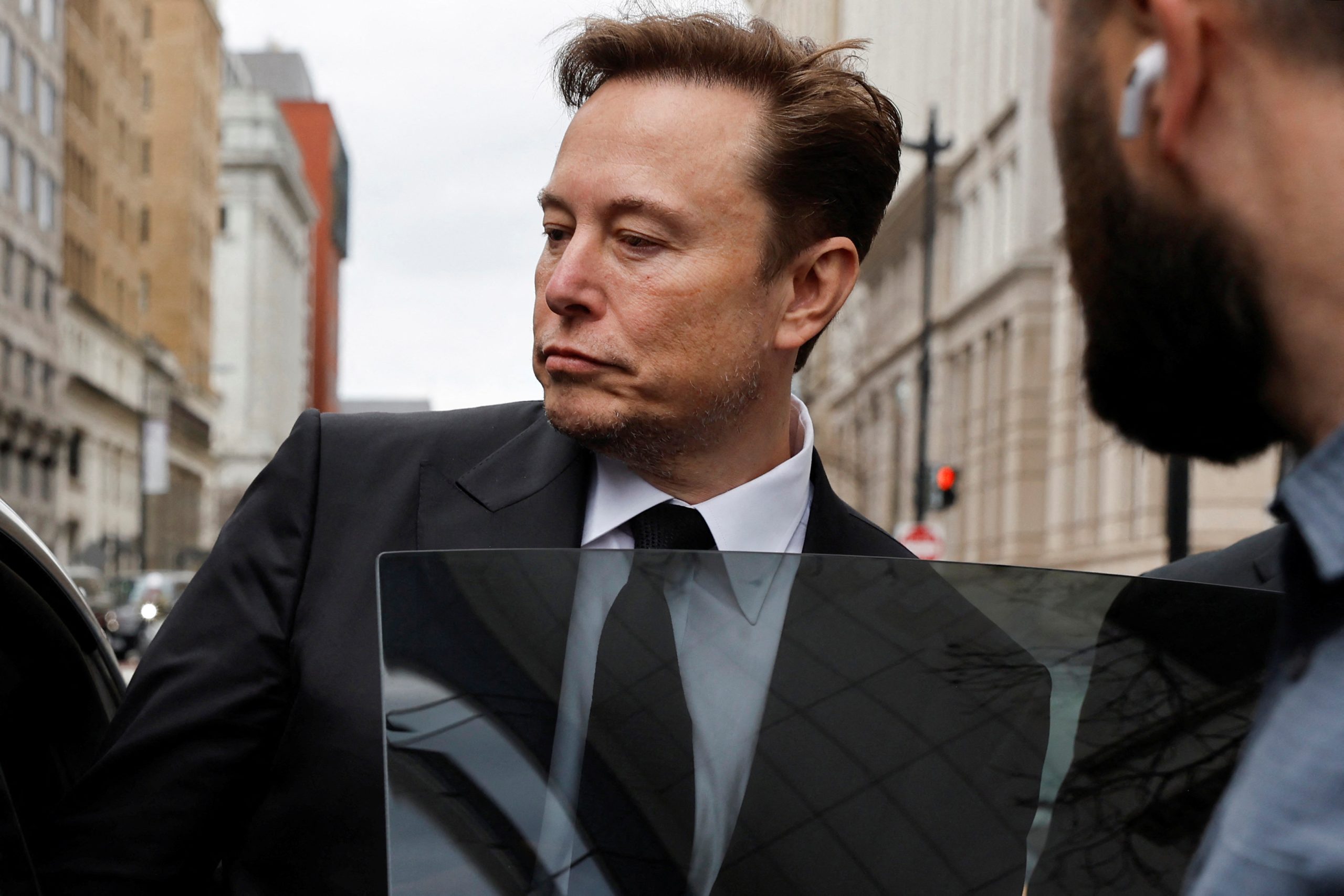Amid the whirlwind of Elon Musk’s various ventures, it’s easy to forget that Tesla plays a pivotal role in financing the Musk empire.
Tesla, the world’s largest electric car manufacturer, is the driving force behind Musk’s status as the world’s wealthiest individual, with a net worth exceeding $200 billion, at least as of the current moment.
However, there’s a caveat to this lofty position.
In the near future, Musk might find himself surpassed by Bernard Arnault, the head of LVMH luxury goods empire, or even Amazon’s founder, Jeff Bezos.
Musk wears multiple hats as Tesla’s CEO and largest shareholder, and it’s this latter role that casts a shadow on his billionaire status.
Tesla has recently encountered a rough patch, leading to a decrease in its stock price. The state of Tesla’s fortunes, as well as its impact on Musk’s wealth and the future of the company, has sparked vigorous debate within the financial market.
While there remains a strong fan base for Musk and Tesla, it’s becoming increasingly tempting to entertain the “bear” case against Tesla. Over the past month, Tesla’s stock has experienced a 17% decline, a stark contrast to the S&P’s 2.4% dip.
The situation worsened when Musk publicly acknowledged significant challenges in Tesla’s business model, causing a further drop in the company’s stock value.
One key issue is the lackluster performance of Tesla’s new “Cybertruck.” Despite maintaining profitability (which wasn’t always the case), Tesla missed its earnings and revenue targets. Additionally, some analysts report diminishing profit margins.
Expansion plans
Tesla has expansion plans, including a new factory in Mexico. However, these endeavors are unfolding in an environment of rising interest rates, which could lead to reduced demand for its products, given that, for many consumers, a car purchase is influenced by monthly payments. As interest rates climb, the proportion of these payments allocated to interest naturally increases, as Musk has pointed out.
This situation bears a resemblance to Tesla’s precarious financial position in 2018 when the company was on the verge of bankruptcy, leading to a decline in its stock price and an onslaught of short-sellers. While Tesla’s revenues appear robust, supporters of the company’s bullish narrative must also suspend disbelief.
Electric vehicles (EVs) are expensive and, in many cases, inefficient. Tesla has expressed its readiness to reduce prices to make EVs more affordable for the middle class. Furthermore, some analysts are beginning to question the sustainability of EVs in an Environmental Social Governance (ESG) context.
Tesla’s market success has been tied not only to its sales but also to the ESG investment trend, where companies are evaluated based on non-financial metrics, such as sustainability. Critics argue that the mining of battery chemicals poses environmental risks, while the source of electricity for EV charging remains primarily reliant on traditional, non-renewable energy sources.
High inflation
The ESG movement is under scrutiny, with some attributing it to higher inflation and questionable fund returns. As ESG’s popularity wanes, Tesla’s stock could face downward pressure.
Furthermore, Tesla’s fundamentals have come under scrutiny. Critics like Gordon Johnson, CEO of GLJ Research, argue that Tesla’s financial metrics appear increasingly questionable, even before recent controversies. Sales growth has been on a declining trajectory, with Tesla producing fewer cars in the third quarter of 2023 compared to the second quarter.
Although Tesla’s market capitalization is higher than the combined value of the seven largest automakers, the company’s share of the overall car market remains modest, selling just 3.9% of the total cars sold by these automakers over the past year.
While it’s premature to suggest that Tesla is heading for insolvency, there are growing concerns that the company’s valuation is out of sync with its financial realities. If this is the case, it could also call into question Musk’s position as the world’s richest individual.
In conclusion, Tesla’s recent challenges and uncertain prospects have raised significant questions about its financial health and its impact on Elon Musk’s standing in the billionaire ranks.




 News5 days ago
News5 days ago


 News4 days ago
News4 days ago


 News4 days ago
News4 days ago


 Shows1 day ago
Shows1 day ago


 Shows4 days ago
Shows4 days ago


 Shows1 day ago
Shows1 day ago


 Leaders4 days ago
Leaders4 days ago


 News4 days ago
News4 days ago







